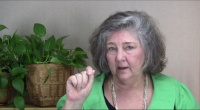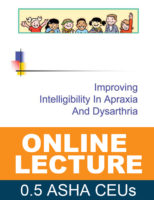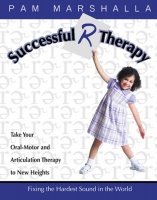
Q: What does oral motor therapy have to do with speech? I want to take another run at this question because it arises so often. Consider: Phonemes emerge when a child’s oral-motor control is immature. Think about [b], [d] and [g]. These early voiced stops emerge when a child is about 6 months of age. That means that the oral movements used during their production are primitive. These primitive movements refine over time. From an oral-motor perspective, we can say…



